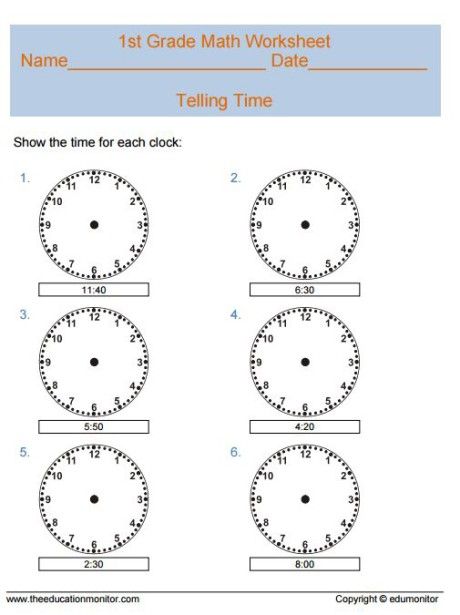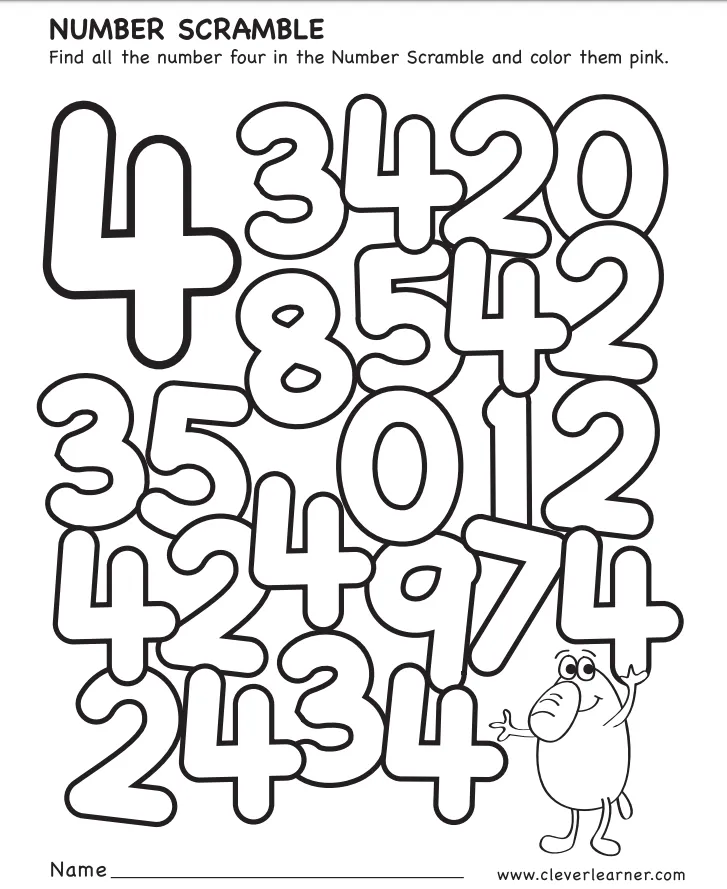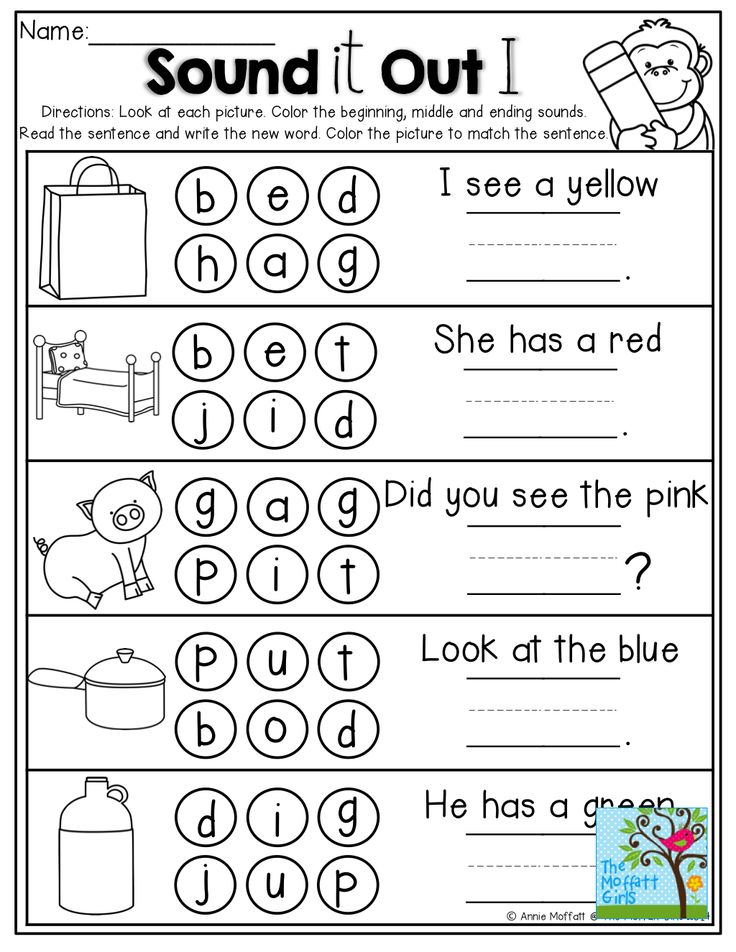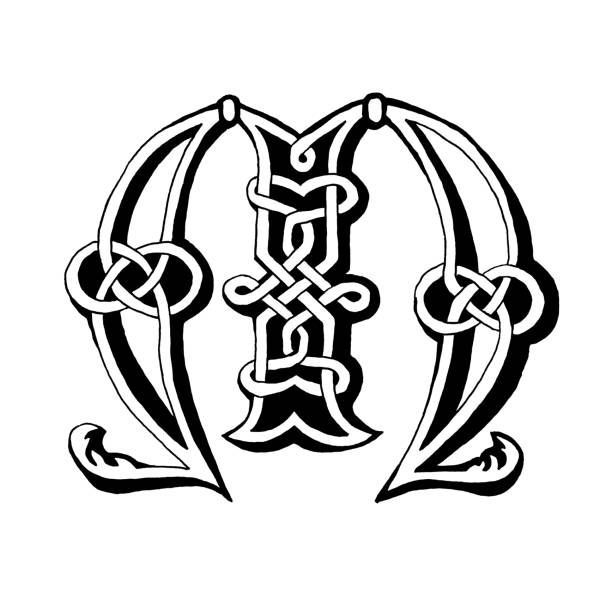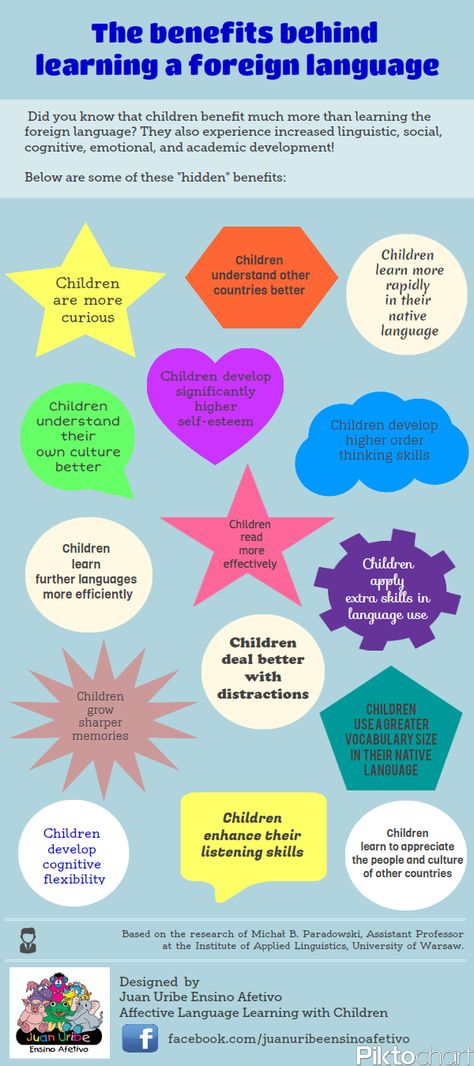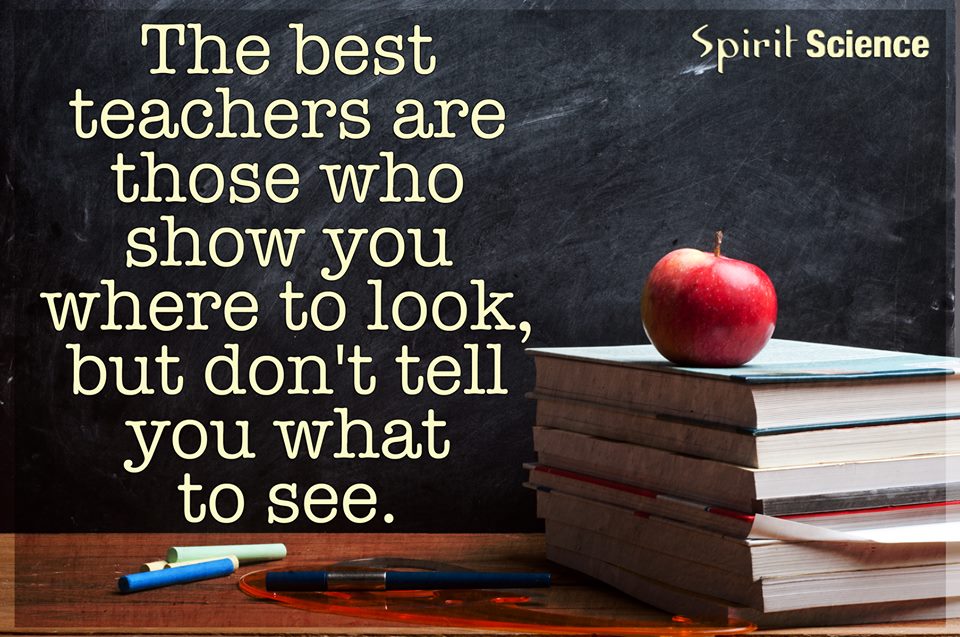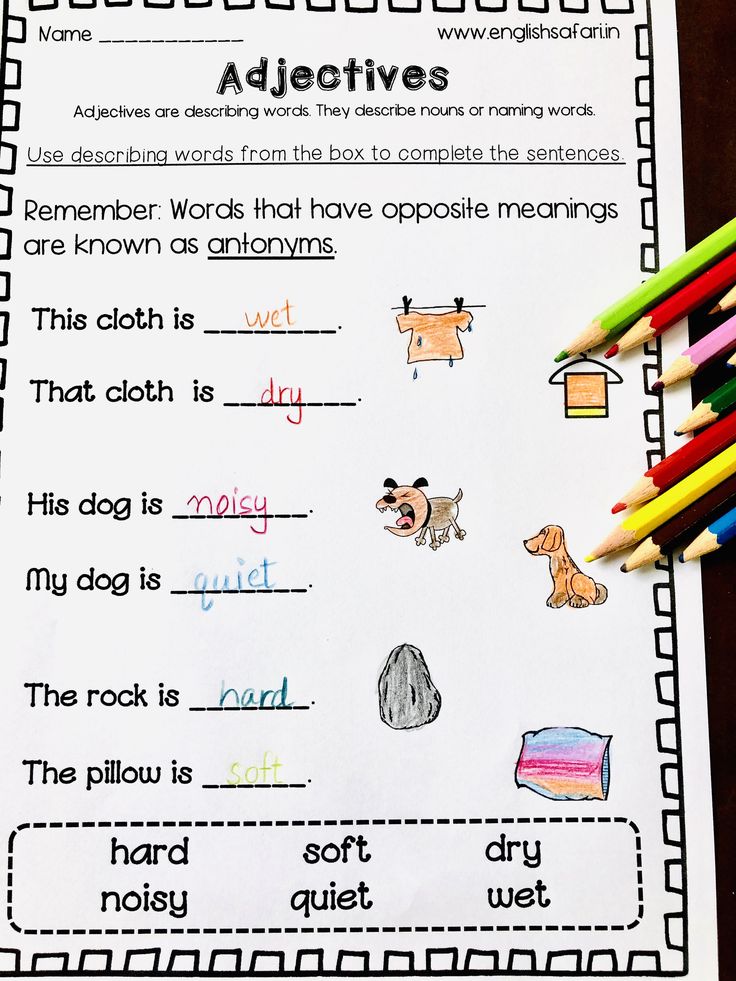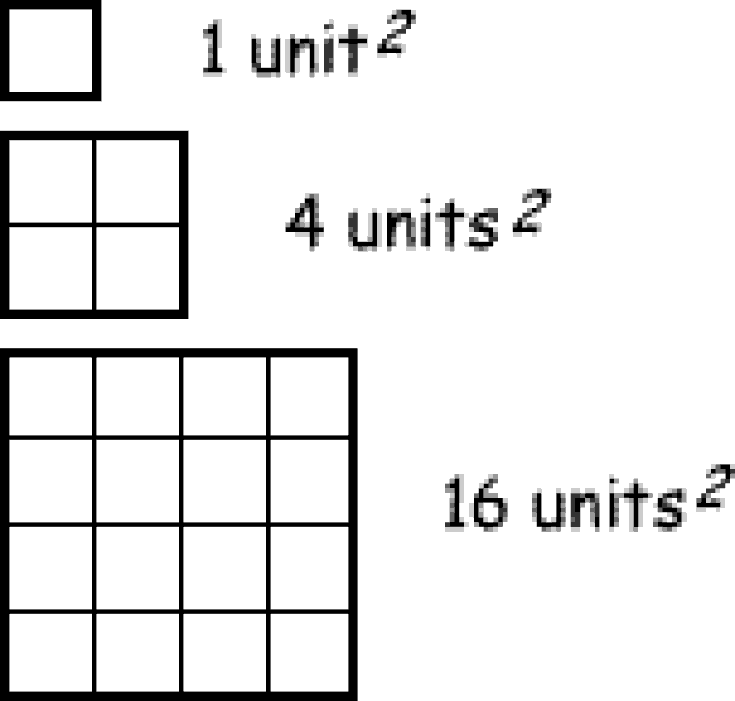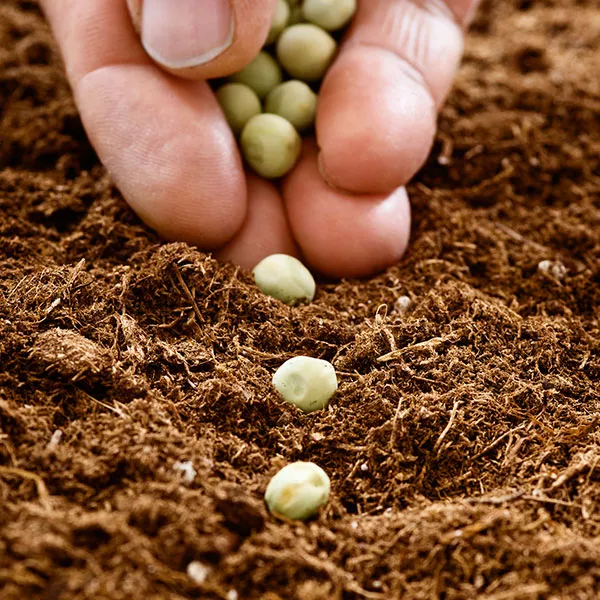Teaching math to 1st graders
First Grade Math Tips
Hoping to help your first-grader with math skills? Here are some basic tips that experts suggest.
Learn math from everyday objects
Your child can build an understanding of addition, subtraction, and the other math concepts they are learning in first grade by playing with everyday objects. Use items that your child enjoys playing with, such as Legos, and place them into two groups of unequal number. Place the larger grouping on the left to develop the habit your child will need later for subtracting from left to right. Next, ask your child to add objects to the smaller group from the larger group until your child counts the same number in both groups. As with all math activities, don't push it if your child resists, since math development varies greatly from child to child and your child may just not be ready for certain concepts.
Count with itemsCount using items like blocks, pennies, and candy. Have some items handy for counting by ones and by tens. You can use interlocking blocks that allow students to connect two blocks to three blocks to represent 2 + 3. Use regular household items like pennies for counting by ones, and dimes for counting by tens.
When things are stored or poured into varying size containers you have an opportunity to build your child's concept of estimation and quantity. At breakfast, ask their which bowl has more and which has less cereal. Ask them to compare the different amounts of the same liquid in three clear glasses by lining them up from least to most full. To build your child's vocabulary of comparisons, after successful practice use measuring cups with numbers. Ask their what your child notices about the number each liquid reaches in the measuring cup when they are lined up in sequence from least to most and then from most to least full.
Read math problems aloudHelp your child by reading math problems aloud slowly and carefully, so your child can hear the problem and think about what is being asked.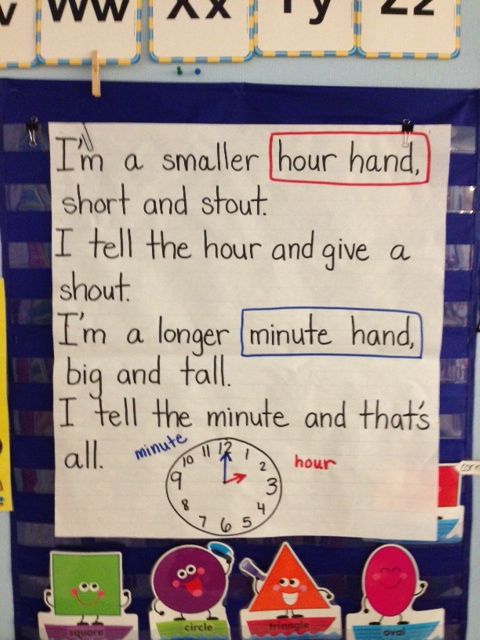 If your child can read, have them read them.
If your child can read, have them read them.
Children become so accustomed to seeing their parents pay with credit and debit cards that counting actual money can be an unfamiliar practice. Engage your child in the transaction of buying things at the store, allowing them to pay with cash and to count the change. This will help not only with their math skills but will foster an understanding of the concepts of saving and spending.
Reward effort for mathSpeak positively about math and reward effort, rather than grades or ability. Think about how important reading is and how we are told to model this behavior for our children. We need to place math in the same category. Don't discount the importance of math by saying, "I'm not a math person, I was never good at math." Help your child read books that incorporate math, such as "Millions of Cats" by Wanda Gag or "On Beyond a Million'" by David Schwartz.
Use analog clocksGo pre-digital with time. Reading time on a digital clock is vastly different than on a clock with a face. First grade standards focus on telling time to the hour and half hour, so have some old-fashioned analog clocks around your house as your child is learning to tell time. Consider giving their a wristwatch with a face, rather than a digital display.
Reading time on a digital clock is vastly different than on a clock with a face. First grade standards focus on telling time to the hour and half hour, so have some old-fashioned analog clocks around your house as your child is learning to tell time. Consider giving their a wristwatch with a face, rather than a digital display.
Keep a calendar displayed in your home. Review the days of the week with your child and encourage their to count down the number of days until an event they are anticipating.
Play games with simple mathPlay a game in the car using simple addition or subtraction. For example: I'm thinking of a number that equals seven when it is added to three. What number is that? Look for opportunities to play simple addition and subtraction games, for example, while they are eating, with the number of items on their plate.
Play games with math vocabularyPlay a mind-reader game. Think of a number for your child to guess. After each guess respond with the words "higher" or "lower." At different times use the words "more" or "less" so your child learns different arithmetic vocabulary. This game helps their correlate the number words and counting sequence with actual amounts or sizes.
Think of a number for your child to guess. After each guess respond with the words "higher" or "lower." At different times use the words "more" or "less" so your child learns different arithmetic vocabulary. This game helps their correlate the number words and counting sequence with actual amounts or sizes.
Plenty of family games incorporate math. Tic-tac-toe, Connect Four, and dominoes are just some of the many games that help build math skills.
To find out what your first-grader will be learning in math class, check out our first grade math skills page.
Parent Toolkit resources were developed by NBC News Learn with the help of subject-matter experts, including Joyce Epstein, Director, Center on School, Family and Community Partnerships, Johns Hopkins University; Pamela Mason, Program Director/Lecturer on Education, Harvard Graduate School of Education; Denise Walston, Director of Mathematics, Council of the Great City Schools; Nell Duke, Professor, University of Michigan; Leanna Baker, Retired Math Teacher; Bon Crowder, Math Teacher and Blogger, MathFour.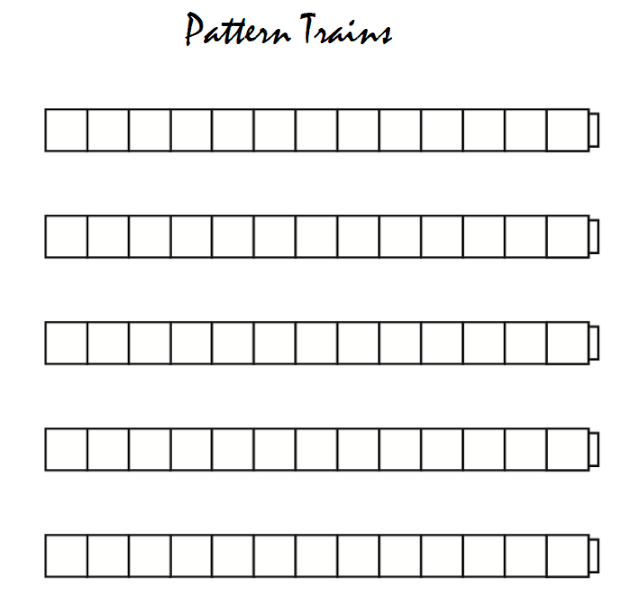 com; and Robin Schwartz, VP, Association of Teachers of Math of NYC, and align with the Common Core State Standards.
com; and Robin Schwartz, VP, Association of Teachers of Math of NYC, and align with the Common Core State Standards.
The Most Important Math Concepts Kids Learn In 1st Grade
Your child has progressed from kindergarten to first grade. That’s exciting news! There is so much learning to come their way, especially from their first grade math class.
Math skills and concepts build on each other from grade to grade, which is why children need to get a firm foundation so they can handle the more complex challenges as they progress in school.
As a concerned parent, you might be wondering what some of these mathematical concepts will be and, more importantly, how you can help your child master them. You don’t have to figure it out on your own.
Here, we will give you a breakdown of what to expect from your child’s math class. We’ll also add a few tips on how to help your young learner thrive through it all.
Let’s get started!
Why Is Math Important?
Math is taught in the classroom, but that doesn’t mean that’s the only place it’s relevant.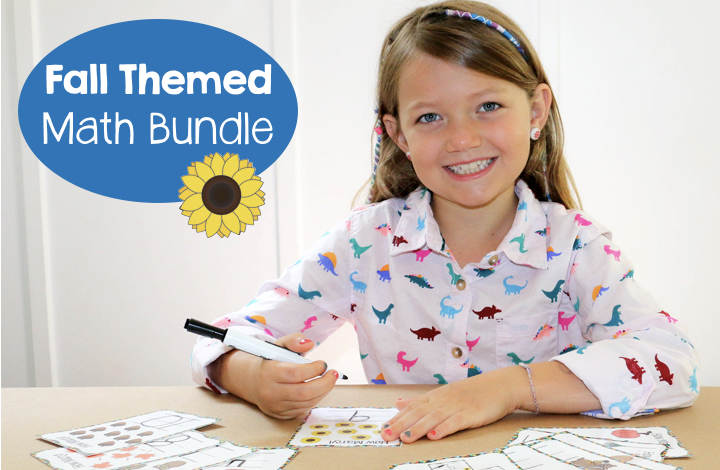 We use it every day!
We use it every day!
From the hexagonal bee combs to the circles, semi-circles, and crescents of the phases of our moon, mathematics is an essential part of the world we live in, and learning it helps us make sense of everything around us.
Did you know that math skills can also be linked to music? Children who play musical instruments use the same part of the brain when doing math. This is why studies have shown that music students do better in mathematics than their non-musical peers.
Sports and mathematics also have an interesting connection. Just think about all the coordination involved in performing well in certain sports. Research has shown that these skills can also be used to learn math.
In addition, mathematics helps us be stronger logical thinkers. Since most young kids tend to enjoy math time, it’s essential to foster this natural love for the subject just as much as we want to encourage children’s love for reading.
Helping children develop a love for mathematics generally works well when approached actively as a problem-solving skill rather than a rote memory task.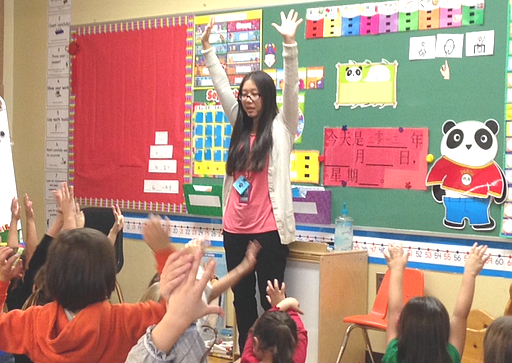 Math helps children thrive in various aspects of their lives.
Math helps children thrive in various aspects of their lives.
So, how do we get there? It all starts with the foundation.
Below are the key first grade math concepts your child will soon learn and some tips on how you can support them on their journey.
8 Important First Grade Math Concepts
1) Numbers And Counting
At first grade level (and for the next few years in school), learning different numbers and counting will form a significant part of your child’s mathematics lessons.
By the end of the first grade, your child will have learned to:
- Count and write numbers from 1 to 100
- Count by 1s, 2s, 5s, and 10s
- Count backward
- Count onward from any number
- Count backward from any number
There are different ways to help your child grasp numbers and counting at home, and hands-on activities work best.
An effective strategy is to help your child visualize what all these numbers mean. For example, instead of just memorizing the numbers, they can count bears, large dried beans, or even craft sticks.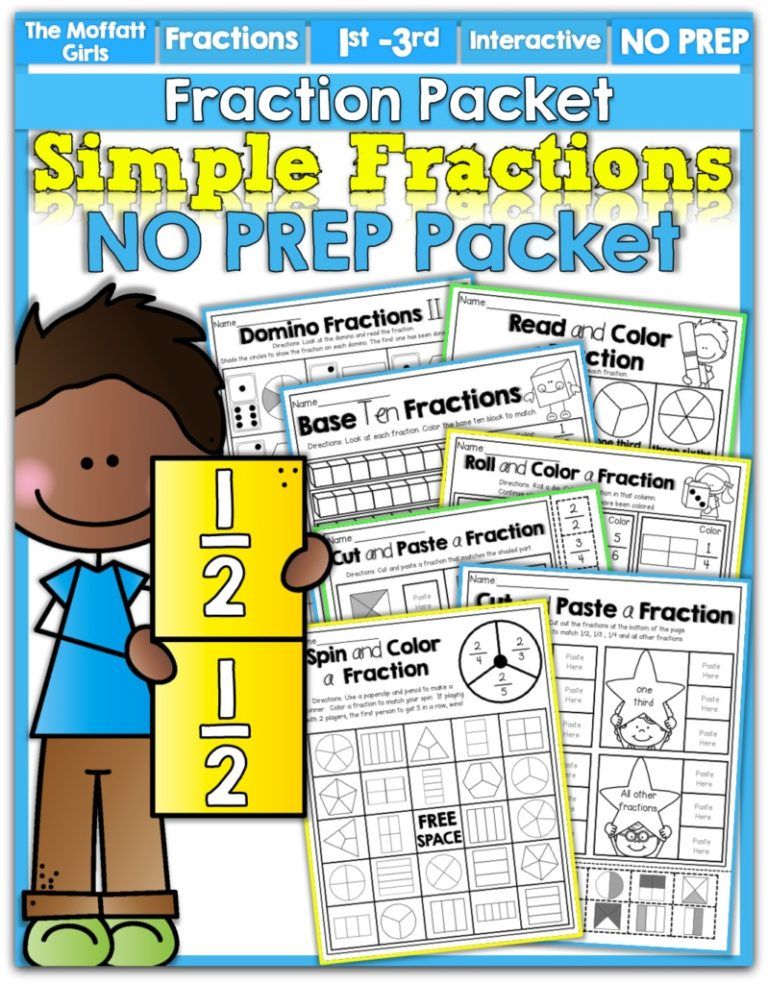
2) Addition And Subtraction
In first grade math, your young learner will start adding and subtracting numbers up to 30. They will also solve basic word problems with the help of drawings, objects, and equations.
By the end of the first grade, your child will have been shown how to:
- Add three one-digit numbers
- Write and show an understanding of the mathematical symbols (+, -, =)
- Solve problems involving one and two-digit numbers
- Solve problems involving an unknown. For example, 1 + _ = 4
Addition and subtraction are two math skills that can be demonstrated in everyday life situations. This makes it relatively easy to practice at home!
For instance, you might ask, “If you have two teddy bears and granny buys you three more, how many teddy bears will you have in total?” Or, “There were six strawberries in the fridge. Daddy ate some strawberries. There are now four left. How many did daddy eat?”
3) 2-D Shapes
During pre-k, children get introduced to different shapes.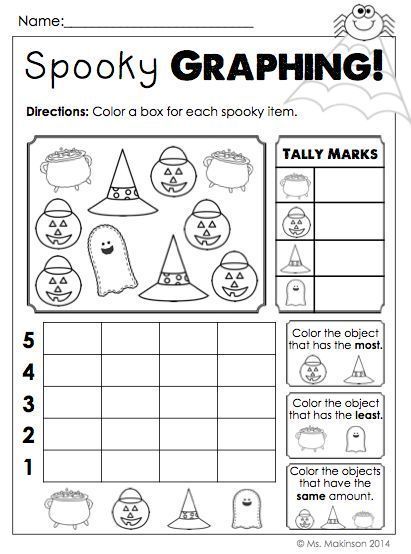 In first grade, they will continue to extend their understanding of them.
In first grade, they will continue to extend their understanding of them.
By the end of the first grade, your child may be able to:
- Examine the attributes of different shapes (number of sides, faces, etc.)
- Name the 2-D shapes
To help your child grasp these shapes at home, continue to point out and name the 2-D shapes in the world around you (circles, triangles, pentagons, etc.).
When doing so, remember to always highlight the attributes (e.g., this book has four equal sides, so it’s a square).
4) Sorting And Patterns
Understanding and sorting patterns also forms a part of first grade math.
Your first grader will learn to:
- Sort different objects by attributes such as color, shape, and function. For example, sorting a mixed group of blocks so that the red, blue, green, and yellow blocks are separated.
- In addition, if these blocks are placed in a pattern (e.g., green, yellow, green, yellow, etc.), your child should be able to both predict which color will come next and create their own identical pattern.
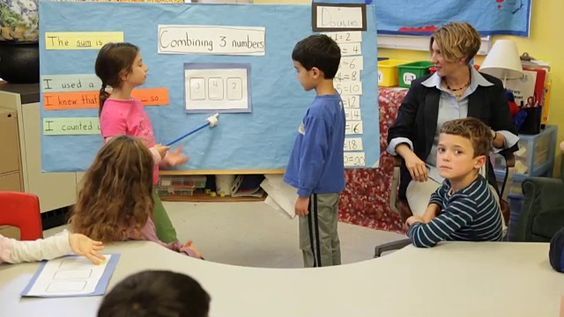 This skill will help develop your child’s logical thinking.
This skill will help develop your child’s logical thinking.
Continue to allow your young learner to play with fun building blocks and create their own patterns to help them master this skill.
5) Fractions
Montessori material. Children’s hands. The study of mathematics School and kindergarten. Whole and part. FractionsAs a first-grader, your child will be introduced to fractions as equal shares and basic fractions such as ½, ⅓, and ¼. For children to fully grasp these concepts, it’s essential to keep things intuitive.
For example, you can start by helping them understand that a half is two equal parts, a third is three equal parts, and so forth. They also need to understand that although three is bigger than two, ⅓ is smaller than ½.
Fractions can be tricky for kids to learn, which is why it’s important to use practical and everyday items.
For example, you can help your young learner examine the fractions of a full pizza. Then, as you divide the pizza into different slices, talk about the parts that you’ve created from the whole.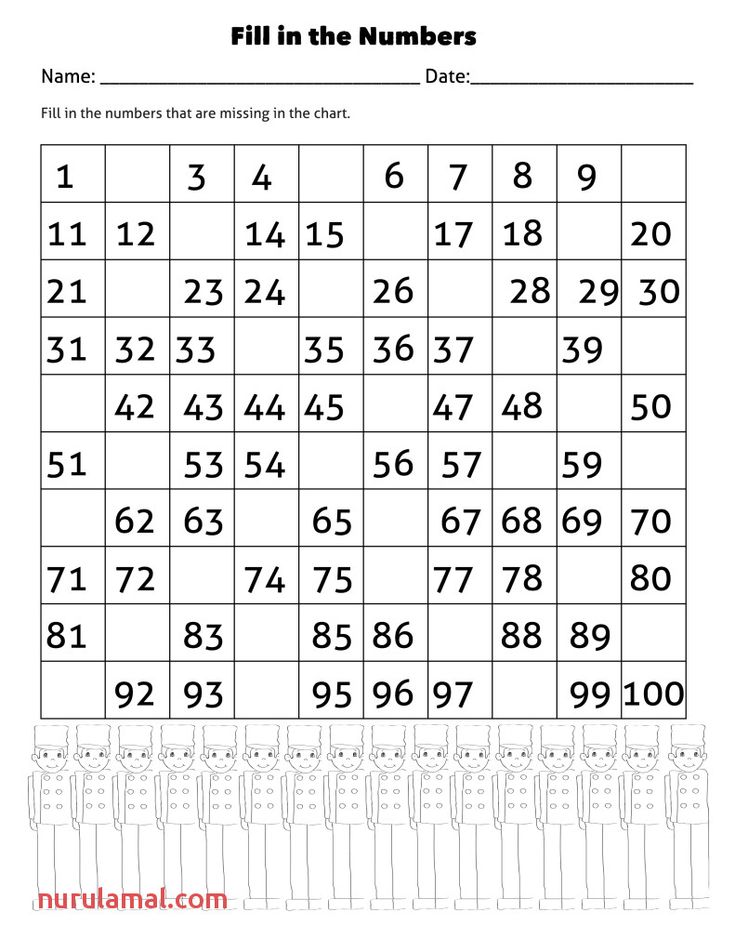
The concept of equal shares can also be demonstrated from one object and a group. For instance, you can have ½ of a single item (e.g., ½ of a cookie), or you can have ½ of a group of objects (e.g., ½ of four cookies is two cookies).
6) Number Place Values
With all the counting in first grade math, your child will naturally be introduced to the concept of place values. For instance, understanding that in the number 288, the 2 is worth 2 “hundreds” (or 200).
There are various activities you can do at home to help your young learner with this concept, including:
- Using number lines
- Base ten blocks
For more ideas to help with number place values and other 1st grade math concepts, take a look at the book Games for Math: Playful Ways to Help Your Child Learn Math, From Kindergarten to Third Grade by HOMER’s very own Peggy Kaye.
7) Time
Telling time (both digital and analog) is an important life skill that kids learn from first grade.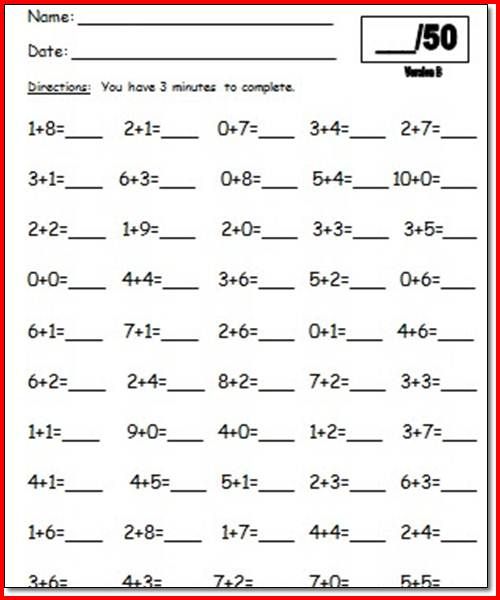 The concept of elapsed time will also be introduced at this stage.
The concept of elapsed time will also be introduced at this stage.
In first grade math, your child will learn to:
- Tell time to the nearest hour, half-hour, and quarter-hour (sometimes even to five minutes)
- Make the connection between time and events (e.g., shorter, longer, after, before)
Understanding the analog clock can be tricky for a child who’s only exposed to digital clocks. So help your young learner by buying one (or making one for learning) to hang up at home.
You can then speak to your child about what it means when the hands move. To make things easier, start by helping them tell time to an hour and half-hour before progressing to quarter-hours.
8) Measurements And Comparisons
First grade math also involves some measuring and unit comparisons.
Your child will learn how to measure using a ruler and, after taking measurements, compare and order objects by length. First-graders will also learn how to compare the weights and volumes of different objects.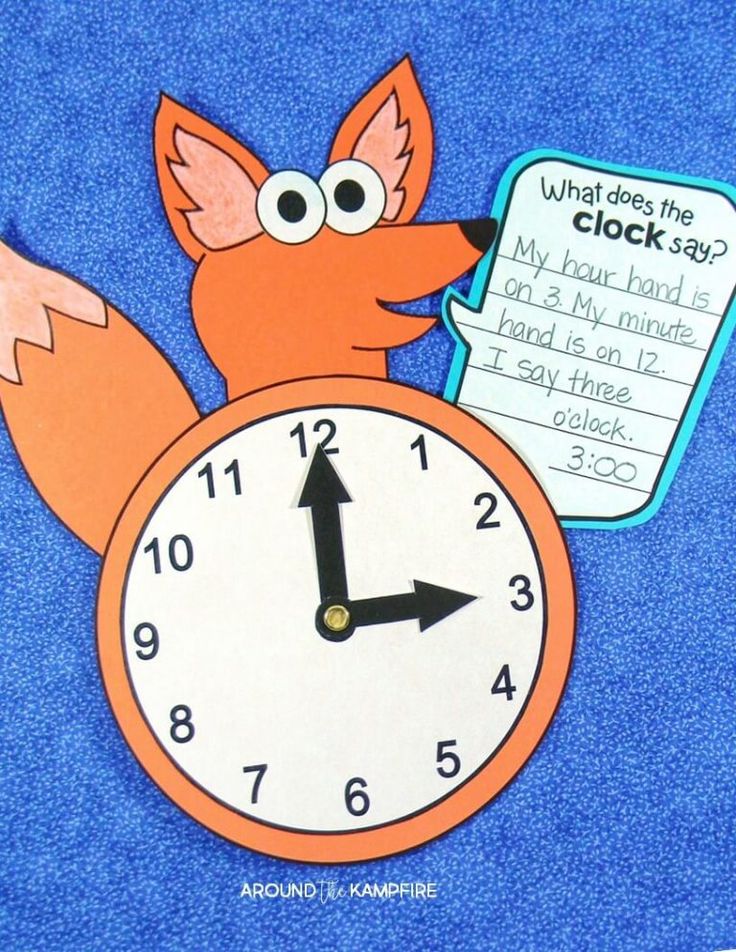
To help your young learner at home, keep rulers nearby and take measurements together of some of the objects they love (e.g., stuffed toys, cookies, etc.).
Bonus tip: If you’re a regular baker, why not help them see how you use measuring tools to create their favorite treats? Yum!
Helping Your Child With First Grade Math
We’ve already mentioned a few ways in which you can help your first grader with math at home. In addition to the above, playing math games is a fun and easy way to practice math at home!
Here are some examples of more math activities your young learner will enjoy at home:
- Fill in a number grid puzzle
- Build objects with legos and measure
- Number Hunt, Hopscotch, Is It A Number, and Find A Number
Math Is All Around Us
Helping your child grasp first grade math concepts at home is easier when you focus on the fact that mathematics is a part of our everyday lives. It is in the shape of road signs, the parts of sliced pizza, and even the watches on our wrists!
Sometimes kids (and parents) forget that math can be lots of fun.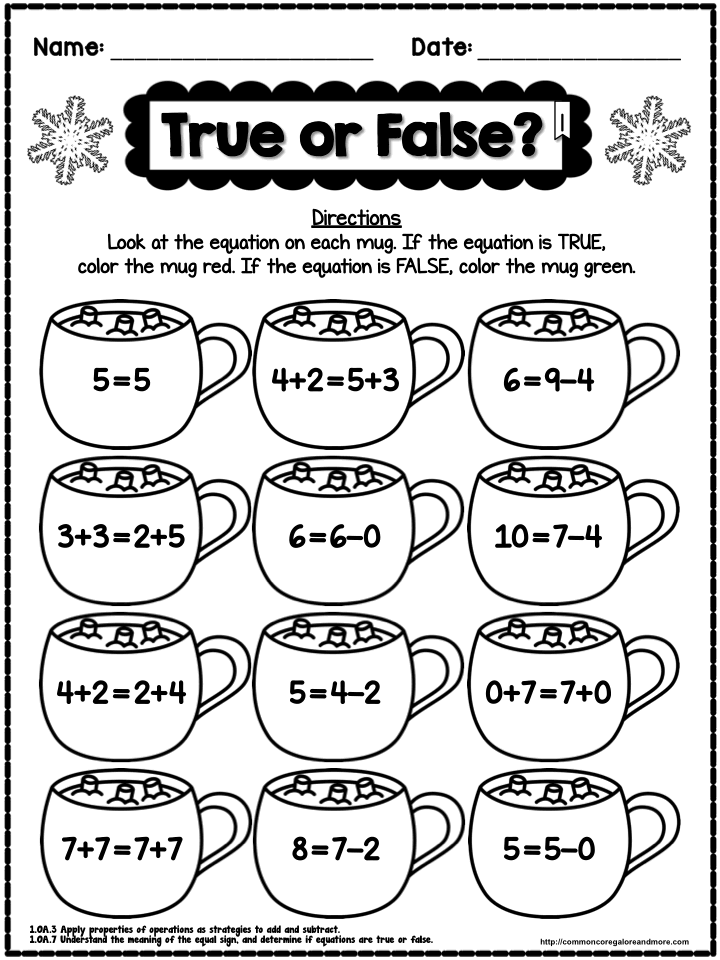 So whenever you can, incorporate games and activities to bring a little excitement to all the learning.
So whenever you can, incorporate games and activities to bring a little excitement to all the learning.
Will this help your child become our next best mathematician? Only time will tell. But one thing is for sure — all of the great mathematicians started somewhere. Even Isaac Newton had to master first grade math!
For more ideas and inspiration, visit the HOMER Learn & Grow app.
Author
Teaching mathematics in elementary grades
procedures of the accepted system of requirements for mastering educational programs. This means the completeness and adequacy of the verification of the achievement of the accepted requirements of the standard, which can be implemented as part of an integrated approach.
The complexity of the assessment can be ensured if the teacher regularly monitors (as part of monitoring) not only the student's mastery of subject skills, but also the formation of meta-subject ways of activity, basic general learning skills and ways of learning activities, the student's personal development, including his cognitive development, development of motivation, value orientations and personal qualities that provide key competencies. Evaluation procedures should be carried out regularly, starting with the initial diagnosis (at the stage of enrolling a child in school) and ending with the final diagnosis, which allows making a conclusion about the level of development of the student and his readiness to continue education at the next level of education.
Evaluation procedures should be carried out regularly, starting with the initial diagnosis (at the stage of enrolling a child in school) and ending with the final diagnosis, which allows making a conclusion about the level of development of the student and his readiness to continue education at the next level of education.
The results of primary general education are presented in the standards of the second generation by two types of requirements: the requirements for results, expressed in the key competencies of the student and the requirements for the assimilation of programs of primary general education, expressed in the list of the student's ability to perform practical actions using knowledge and skills on the main content lines of subjects studied in elementary school.
References
1. Bespalko V.P. Isn't it time to change the strategy of education Text. / V.P. Bespalko // Pedagogy, 2001. No. 9. pp. 87-96.
2. Zimnyaya I.A. Key competencies as the result-target basis of the competency-based approach in education.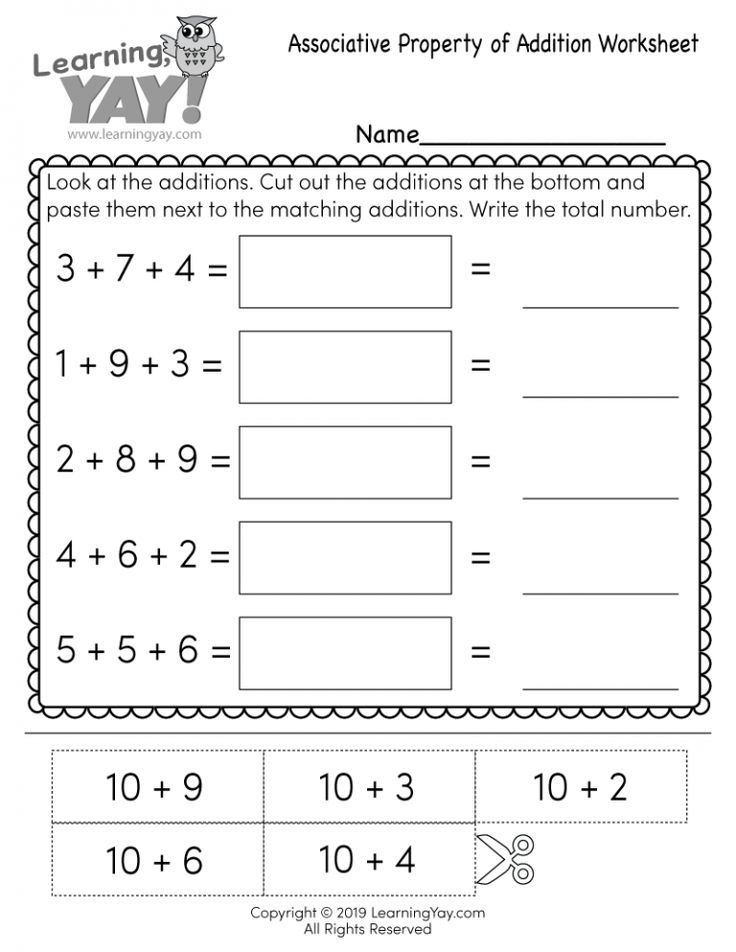 Text. / I.A. Winter. M.: Research Center for Problems of the Quality of Training of Specialists, 2004.
Text. / I.A. Winter. M.: Research Center for Problems of the Quality of Training of Specialists, 2004.
3. Khutorskoy A.V. Development of giftedness of schoolchildren. Methods of productive learning Text. / A.V. Khutorskaya. M.: Vlados, 2000. 320 p.
TEACHING MATHEMATICS IN PRIMARY SCHOOL
Rakhmonova G.E.
Rakhmonova Gulchekhra Ergashevna - primary school teacher, school No. 26, Bukhara, Republic of Uzbekistan
Abstract: this article describes the teaching of mathematics in primary school. Mathematics in primary school should prepare students well for further mathematical education in secondary school, this gives students the possession of a certain amount of mathematical knowledge and skills that will enable them to successfully study mathematical disciplines further at an increasingly complex level.
Key words: mathematics, primary school, students, education.
Elementary school is a valuable, fundamentally new stage in a child's life: systematic training begins in an educational institution, the scope of its interaction with the outside world expands, social status changes and the need for self-expression increases.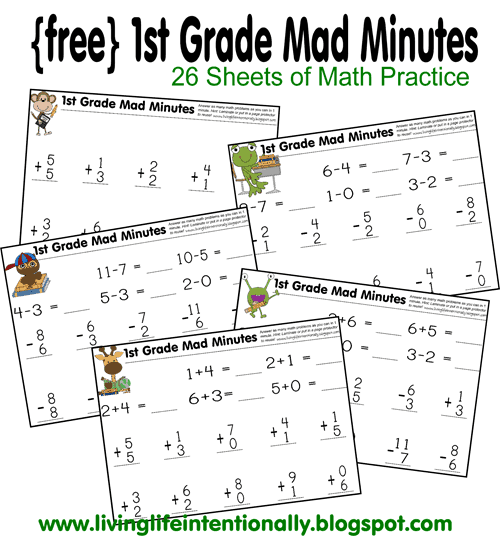
At primary school age, constant interests and inclinations for one or another subject are formed, it is during this period that one should strive to discover the attractive aspects of mathematics. In order to maintain the interest of students in this subject, as well as activity throughout the lesson, the teacher needs to properly organize the learning activities of schoolchildren (the use of new information technologies, methods for developing critical thinking, etc.).
The state educational standard of the new generation requires the teacher to develop the creative thinking of schoolchildren, the formation of universal educational activities. According to the modern concept of mathematical education, its most important goal is "the intellectual development of students, the formation of the qualities of thinking that are characteristic of mathematical activity and necessary for a person to live a full life in society" [1].
Mathematics is one of the most important subjects taught in elementary school. It helps to develop thinking, logic of students, and also forms computational skills. Often, not only studying, but also teaching this subject causes difficulties.
It helps to develop thinking, logic of students, and also forms computational skills. Often, not only studying, but also teaching this subject causes difficulties.
Teaching mathematics plays an important role in developing students' ability to learn. The main goals of primary mathematics education include:
a) Mathematical development of younger students;
b) Formation of basic mathematical knowledge;
c) Raising interest in mathematics, in mental activity from the initial stage of education.
The acquired knowledge at the initial stage of studying this subject will be necessary not only for further study of mathematics, but also for other school disciplines, solving many practical problems in adulthood.
During the period of teaching mathematics from grades 1 to 4, it is necessary to solve such problems as:
1) To form elements of students' independent intellectual activity;
2) develop logical, intellectual thinking;
3) develop spatial imagination;
4) develop mathematical speech;
5) develop critical thinking;
As they solve these problems, students will realize the universality of mathematical ways of knowing the world, learn basic mathematical knowledge, the relationship of mathematics with the outside world and other school subjects.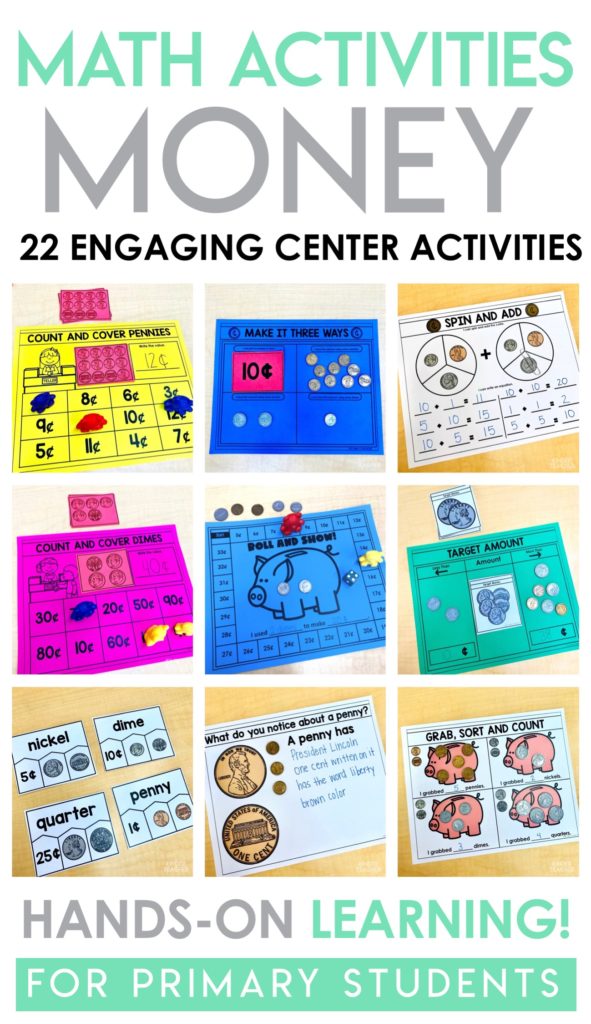
Due to the age characteristics of younger students, visualization of the educational process is necessary. The use of information and communication technologies will provide speed, maneuverability, efficiency, the ability to view and listen to fragments and other multimedia functions, as well as the effect of presence "I saw it!" - students will have a sense of the reality of events, interest, desire to learn and see more.
We have developed a lesson plan for grade 2 under the program "Perspective", which shows the possibilities of using ICT in mathematics lessons in elementary school.
Topic: Thousand
Purpose: to form students' understanding of the number 1000
Tasks:
1) Educational: to study the number 1000;
2) Developing: develop logical thinking, mental operations;
3) Educational: to cultivate interest in mathematics through the achievement of results.
Lesson progress
I. Organizing moment.
- Hello guys! Are you ready to start the lesson? (children's answers)
II.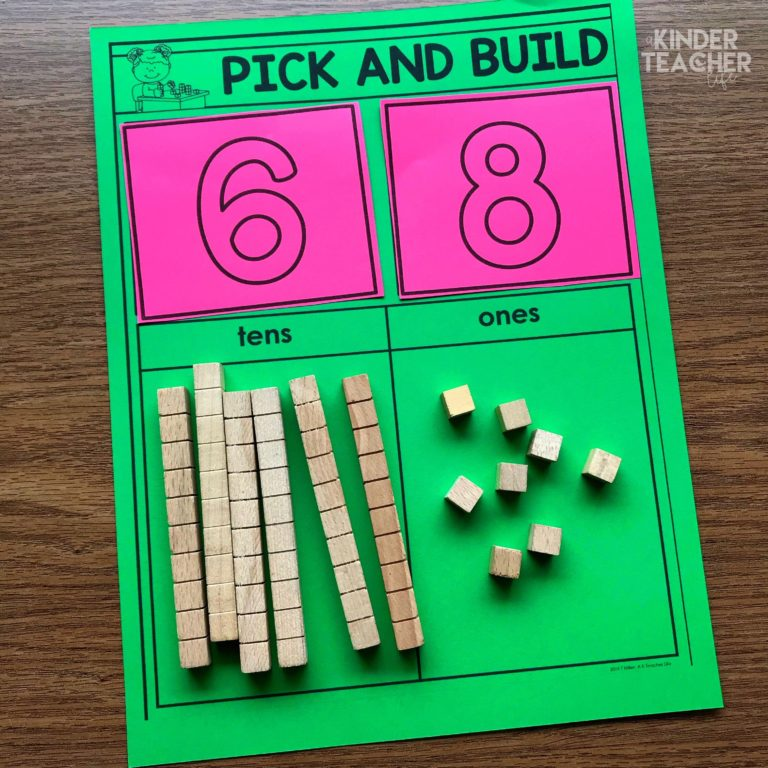 Knowledge update. Introduction to the topic of the lesson.
Knowledge update. Introduction to the topic of the lesson.
- What topic did we study in the last lesson? ("The table of multiplication by 8 and by 9")
- Let's check how well you have mastered the acquired knowledge (mental calculation): 3*3= 45:5=
4*2= 18:9= 16:8= 8*8= 27:9= 9*4=
- Look who came to visit us (the image of Dunno on the board)?
- Dunno brought words to our lesson, but all the letters got mixed up in his suitcase. Help him recover the words:
DENIATSI, ITDSYEK, ONTYAS, YSTCHAYA
- What words did we get? (one, tens, hundred, thousand)
- Did anyone guess what Dunno wanted to ask you about? (about a thousand)
- Tell me, what is the topic of today's lesson? (Thousand)
III. Working on new material.
- That's right, let's open the textbook on page 34 and look at #1.
- What needs to be done in task "a" (represent the number 999 as a sum of digit terms)? What does it mean? (children's answers)
- Who is ready to give an answer and write it on the board?
- Now let's do the task "in". What are the numbers that come before the number 999 and after the number 999. (children's answers)
What are the numbers that come before the number 999 and after the number 999. (children's answers)
- Consider the proposed text and pictures in the box.
- How can we represent this number? (900+100, 990+10, 999+1)
- Well done. Now let's look at #2. What should we do? (find the missing numbers using the scale).
- We are trying to complete the task in a chain. (1000=800+200, 1000=400+600 etc.)
IV. The stage of comprehension.
- Well done. Look at the desk. Dunno wanted to arrange hundreds in ascending order, but again he mixed everything up. Help him fix it (the students put the numbers from 100 to 1000 in ascending order).
- Now let's turn to number 4. Write down the answers in your notebook. Swap notebooks with a neighbor on the desk - check each other.
- Who hasn't made a single mistake? Who has 2-3 mistakes? Who has more than three mistakes?
- Look at the screen guys. (watching the cartoon "In the Land of Unlearned Lessons")
- Tell me, why is it important to be able to count? (children's answers)
V.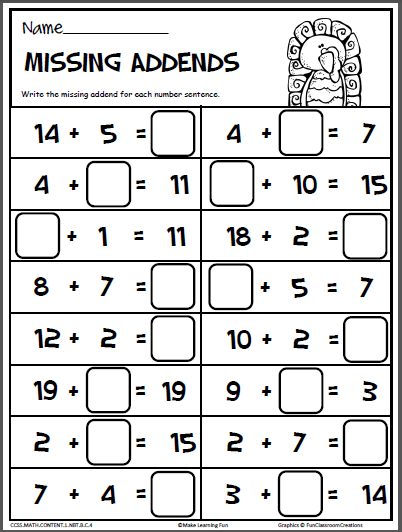 Reflection.
Reflection.
- Finish the sentence:
- "In the lesson, I learned that...".
- "Most of all I liked..."
VI. Homework.
- No. 1 "b", No. 2 "b" - in the textbook, No. 5.
Mathematics in elementary school should prepare students well for further mathematical education in basic school, this gives students the possession of a certain amount of mathematical knowledge and skills, which will give them the opportunity to successfully study mathematical disciplines further at an increasingly complex level.
References
1. Decree of the Cabinet of Ministers of the Republic of Uzbekistan. No. 187 "On the approval of state educational standards for secondary and secondary specialized, vocational education." Tashkent. April 6, 2017
Wise Dwarf - Methods of teaching mathematics in primary grades
Preparing an elementary school teacher for a multifaceted pedagogical activity in teaching and educating schoolchildren is complex.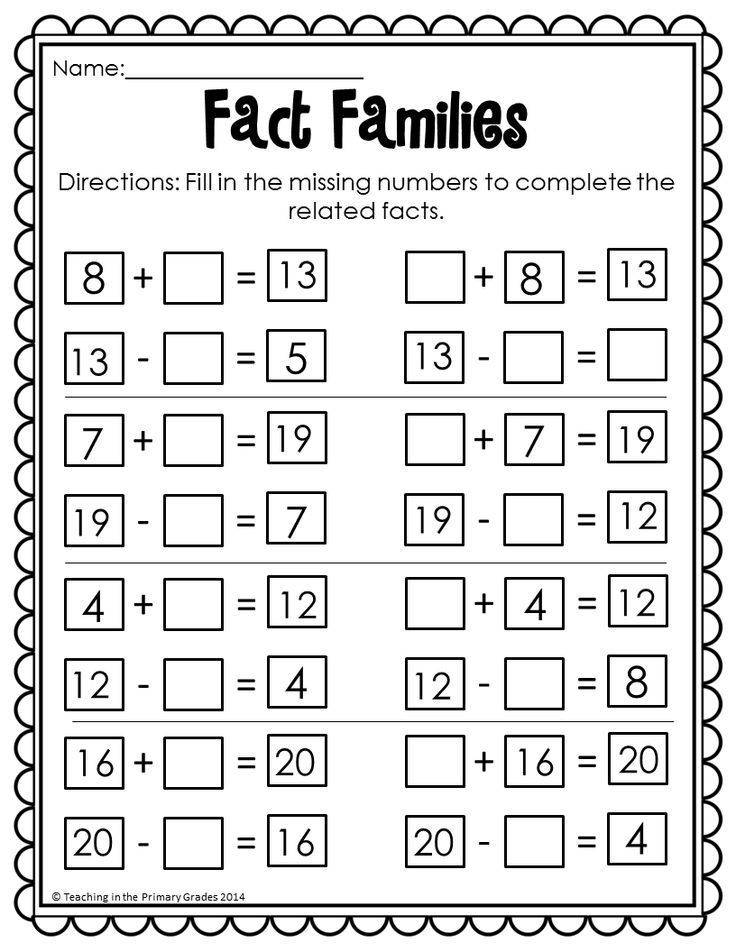 The main components of this preparation in the subject of mathematics are:
The main components of this preparation in the subject of mathematics are:
1. socio-political and general philosophical training;
2. psychological and general pedagogical training;
3. mathematical training;
4. methodological training
These components are connected in a certain way, forming a single teacher training.
Read more...
During the period of learning mathematics, in the primary grades, students must acquire the following mathematical knowledge, skills and abilities.
a) the concept of a natural number, zero, natural series of numbers, their properties, the concept of ordinary and decimal fractions;
b) ideas about basic quantities (length of a segment, cost, mass of objects, area of figures, capacity and volume of bodies, time), units of measurement, quantities and their ratios;
c) the meaning of the metric system of measures, measures of time and the ability to use them in practice.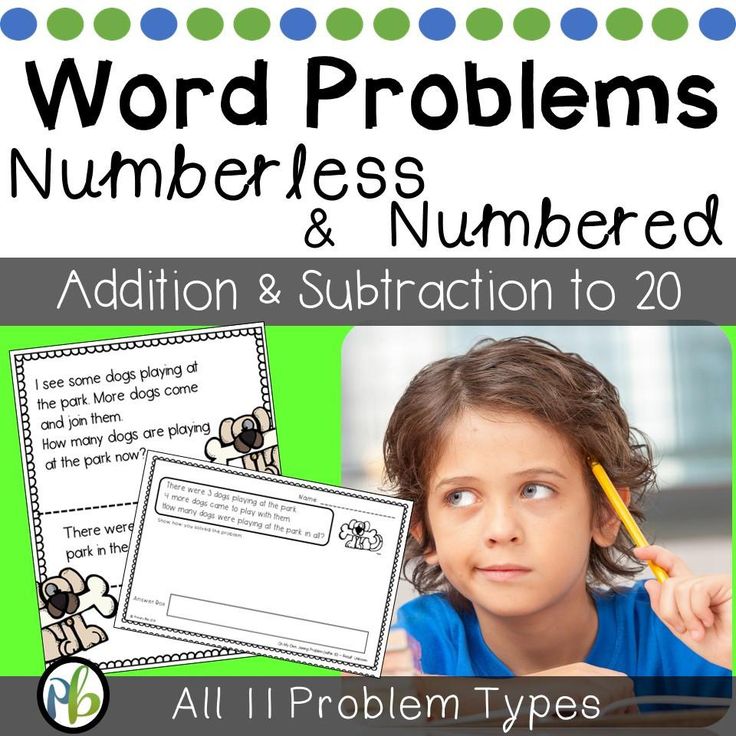
Read more...
1. Methods of teaching mathematics.
Teaching methods in didactics are usually understood as ways of joint activities of the teacher and students, with the help of which the teacher transfers, and students acquire knowledge, skills and develop skills.
The choice of teaching methods is determined by a number of factors: the tasks of the school at the present stage of development, the subject matter, the content of the material being studied, the age and level of development of students, as well as their level of readiness to master educational material. The choice of teaching methods is influenced by the preparation of students for mastering a certain profession, as well as solving problems, social adaptation.
More...
The principles of building a mathematics program for elementary grades are almost the same as in a public school. Mathematics is taught on the basis of programs compiled according to concentric and linear principles.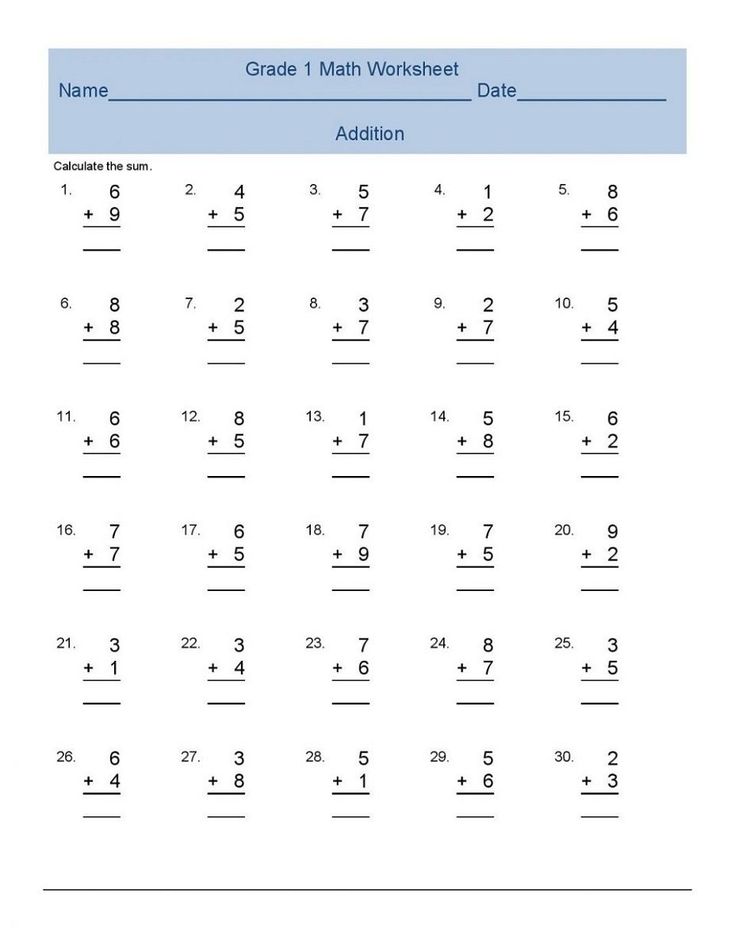 The concentric approach is expressed in the fact that any concepts of mathematics are first studied in an elementary form, then these concepts are deepened and expanded, for example, the concept of numbers.
The concentric approach is expressed in the fact that any concepts of mathematics are first studied in an elementary form, then these concepts are deepened and expanded, for example, the concept of numbers.
In elementary grades, the concentric method is used to study numbers, first it is published up to the numerical period, then there are concentrations of numbers, only in mass schools the concentrations are divided into:
numbers within 10
numbers within 100
More...
The system of means of teaching mathematics to junior schoolchildren should consist of the following basic textbooks:
1. A textbook on mathematics for elementary grades.
2. Teaching aids containing material in addition to the textbook: Task cards for organizing students' independent work; collections of problems for oral calculations; materials for testing students' knowledge, etc.
3. Various teaching aids for teachers.
Read more...
In the country, in rural areas, there are small and remote settlements, in which small schools are opened, if the number of children of 7 years of age is much less than the norm established for one class.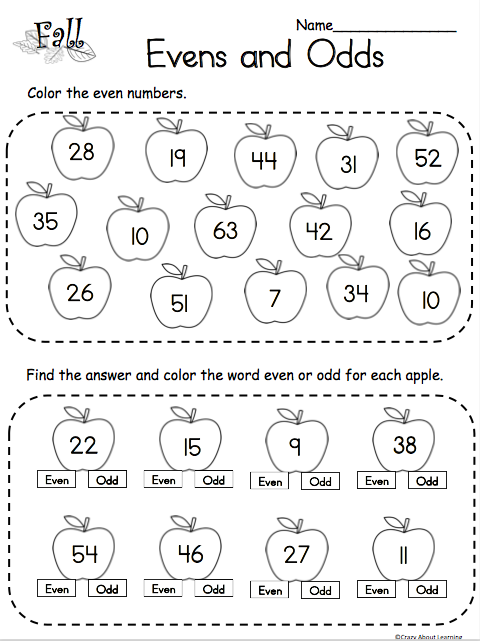
In an ungraded school (MS), the teacher conducts classes simultaneously with two, three or four classes. other classes work independently.
Read more...
Teaching mathematics in primary school begins with preparatory classes. The need for them is dictated by the extreme heterogeneity of the composition of students in the 1st grade, both in terms of their psychophysical data and readiness for learning.
The tasks of the preparatory period are, firstly, to identify the knowledge that children have, secondly, to prepare for the study of a systematic course in mathematics, and thirdly, to master the rules of behavior in a team (listen, correctly understand and follow the teacher’s requirements, sit correctly at a desk, get up, leave the desk, repeat the teacher's task, ask questions, answer the teacher's questions, etc.), which creates the opportunity to work with the class at school.
Read more...
Teaching addition and subtraction within 10.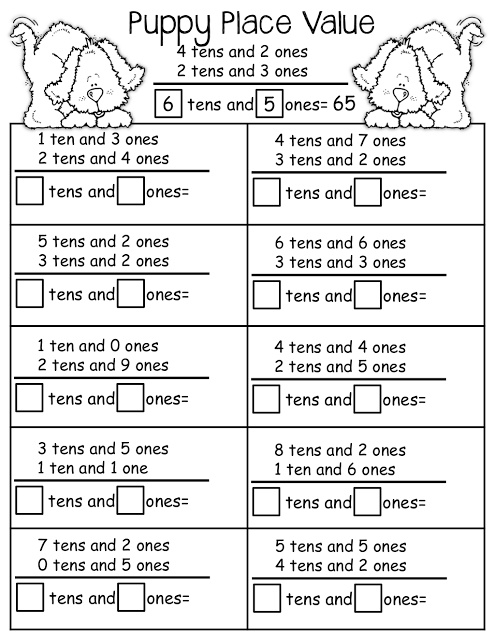
Students get acquainted with arithmetic operations immediately after studying the number 2. The study of each of the numbers of the first ten (except 1), ends with the study of addition and subtraction in within this number. The action of addition and subtraction are studied in parallel.
Students learn about the signs of addition - plus (+), subtraction - minus (-) and the equals sign - equals (=).
When studying this topic, students should master the techniques of calculation, gain strong computing skills, memorize the results of addition and subtraction within 10, as well as the composition of the numbers of the first 10, recognize and show the components and results of two arithmetic operations and understand their names in the speech of the teacher.
Read more...
I. General characteristics of the method of consideration of basic quantities and their measurement
The following quantities are considered in primary grades:
Length, area, mass, capacity, time and others.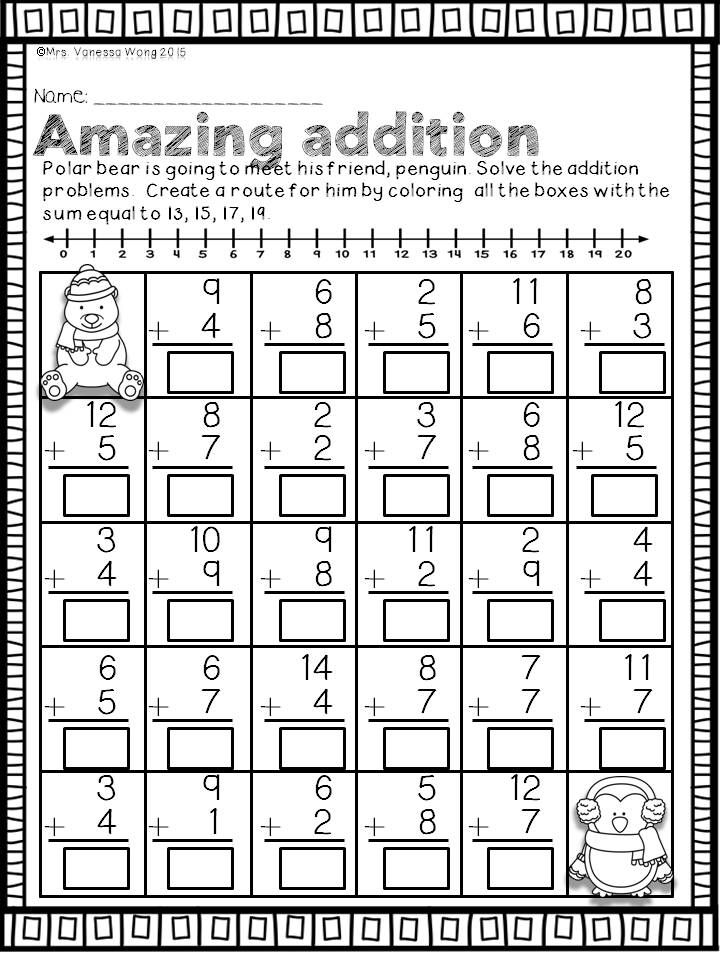 Quantities are the most important concept of mathematics, they develop a spatial representation, equip them with practical skills, and are the means of connecting learning with life.
Quantities are the most important concept of mathematics, they develop a spatial representation, equip them with practical skills, and are the means of connecting learning with life.
Classes 1 to 4 are studied, in close connection with the study of whole numbers and fractions, new units of measurement are introduced after the introduction of the corresponding counting units. The formation, writing and reading of named numbers is studied in parallel with the numbering of abstract numbers.
More...
To acquaint students with the concept of a share means to form a concrete idea of the shares in them, that is, to teach children to form shares practically.
To form the correct ideas about the shares, it is necessary to use a sufficient number of various visual aids. More convenient aids for us are geometric shapes, made of paper, in the form of a rectangle, circle, triangle, segment, etc.
The correct notion of proportions, and later of fractions, will be formed when students receive, for example, half a square, a circle, a quarter of a segment, etc.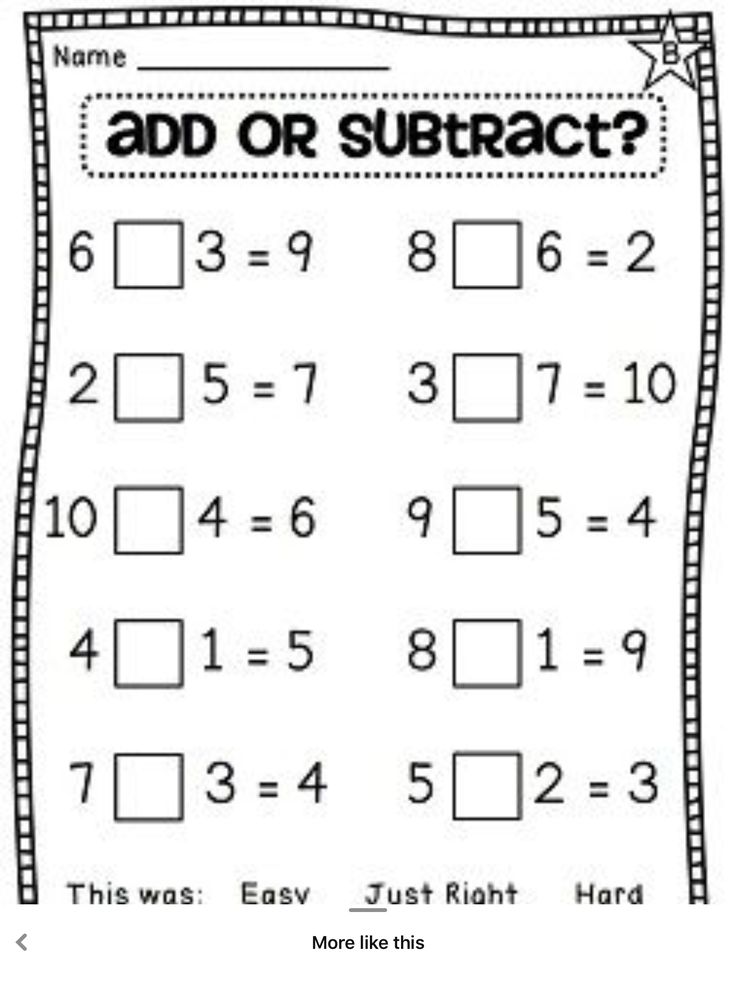 with their own hands.
with their own hands.
Read more...
The introduction of elements of algebra into the elementary course of mathematics allows from the very beginning of training to carry out systematic work sent to the formation in children of such important mathematical concepts as: expression, equality, inequality, equation. Familiarization with the use of a letter as a symbol denoting any number from the area of \u200b\u200bnumbers known to children creates the conditions for generalizing many questions of arithmetic theory in the initial course, is a good preparation for introducing children in the future to concepts in variable functions. An earlier acquaintance with the use of the algebraic method of solving problems makes it possible to make serious improvements in the entire system of teaching children to solve various text problems.
Read more...
Geometric material is not allocated in the primary school curriculum as an independent section.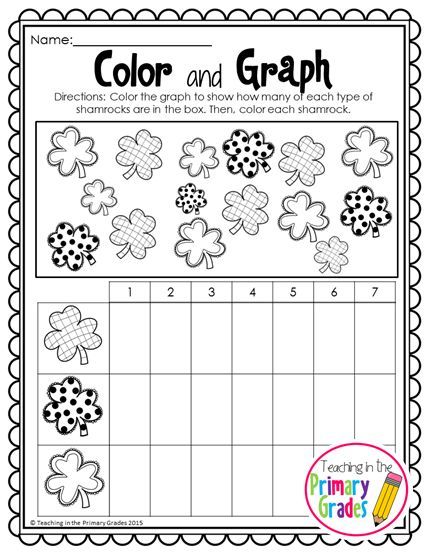 In the educational process, the study of the elements of geometry is directly associated with the study of arithmetic questions.
In the educational process, the study of the elements of geometry is directly associated with the study of arithmetic questions.
The study of geometric material contributes to:
1. Accumulation of ideas about geometric figures;
2. Development of spatial imagination, logical thinking;
3. Development of important practical skills and abilities.
Read more...
Arithmetic problems occupy a significant place in the course of mathematics. Almost half of the time in mathematics lessons is devoted to solving problems. This is due to their great upbringing and educational role that they play in teaching children. Solving arithmetic problems helps to reveal the main meaning of arithmetic operations, to concretize them, to connect them with a certain life situation. Tasks contribute to the assimilation of mathematical concepts, relationships, patterns. When solving problems, children develop voluntary attention, observation, logical thinking, speech, quick wits.